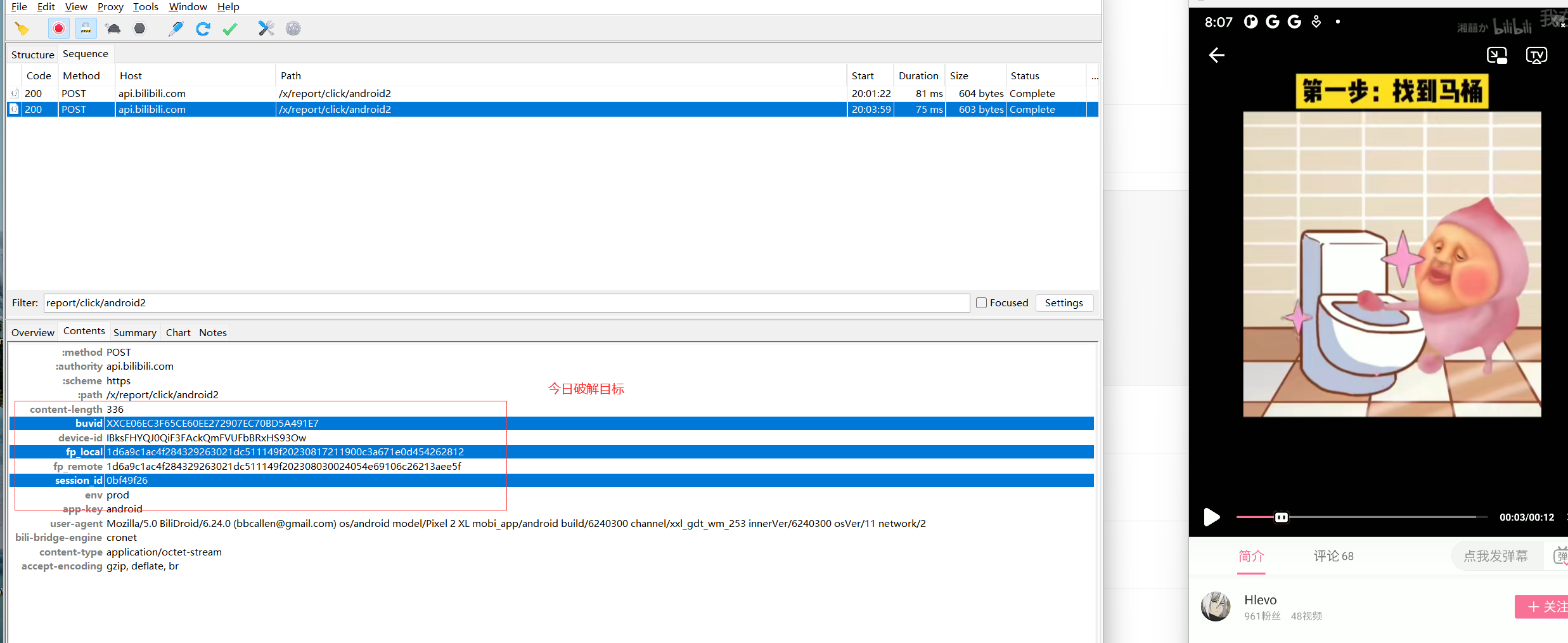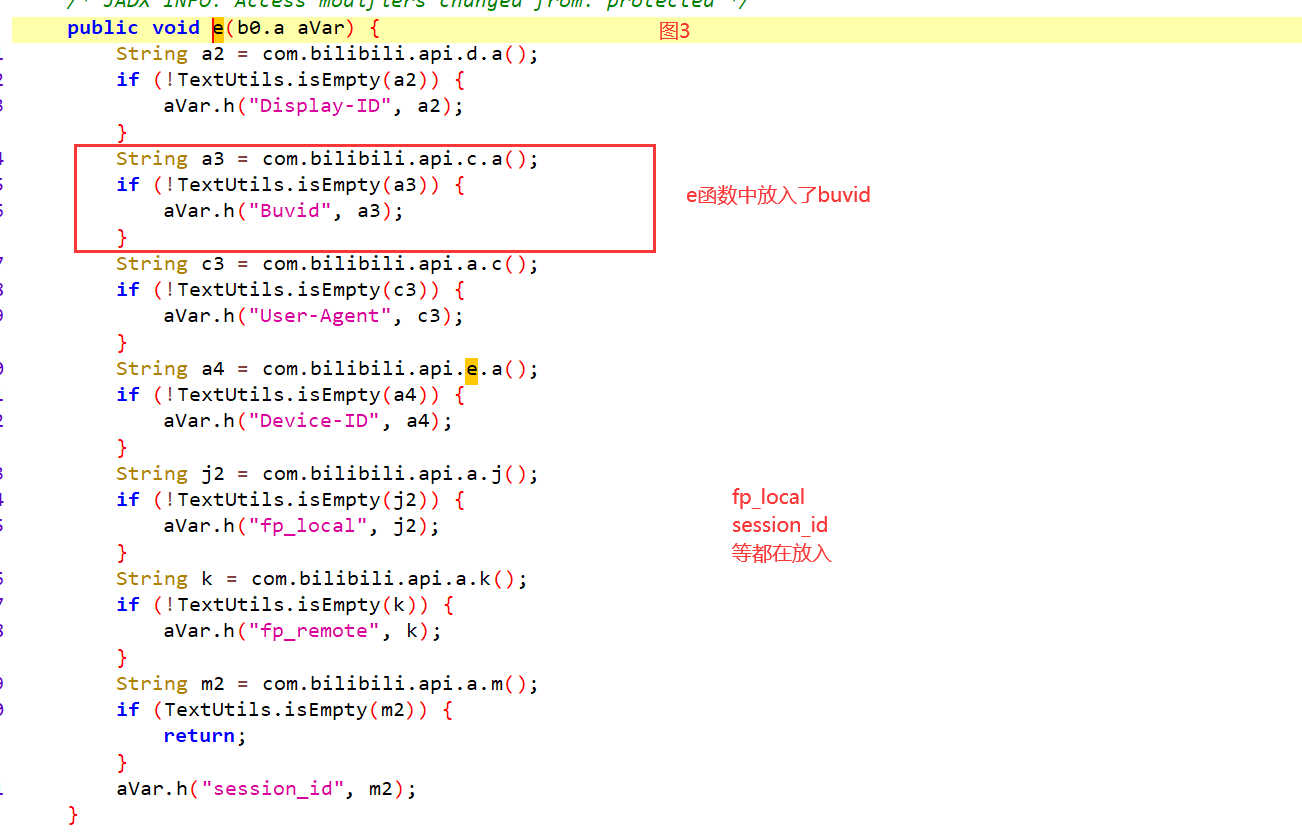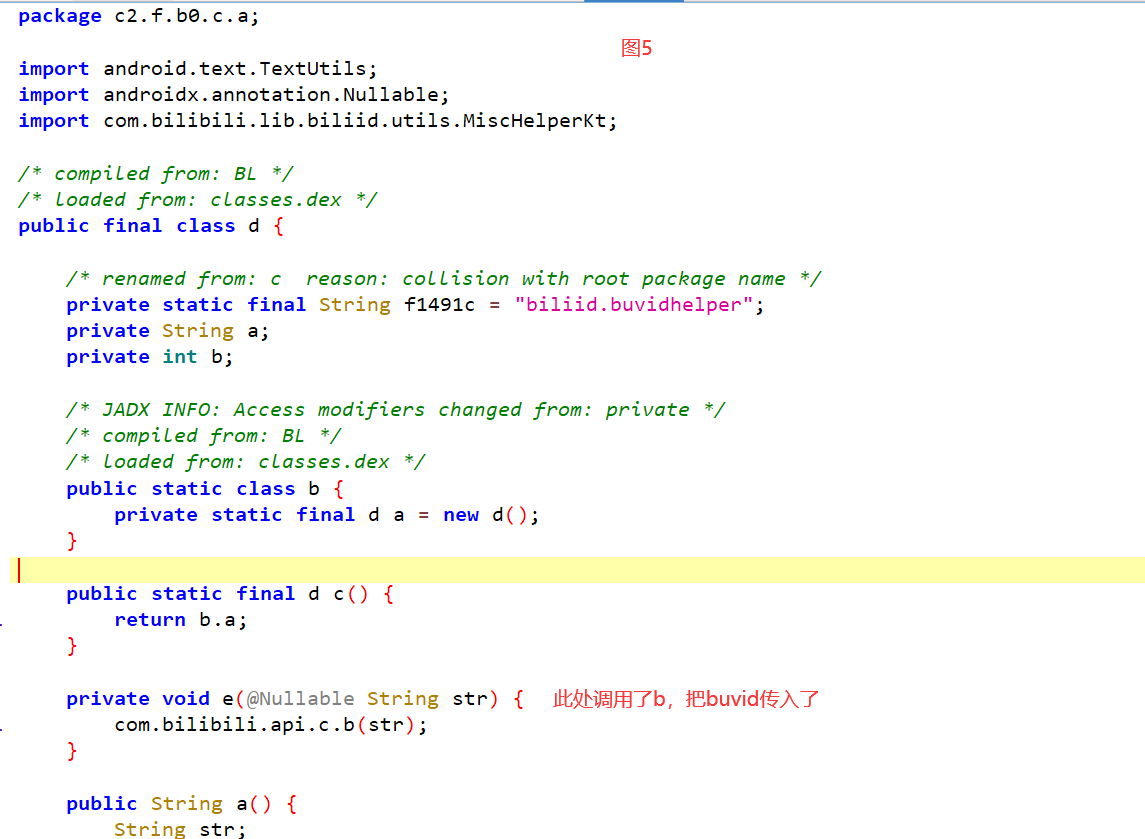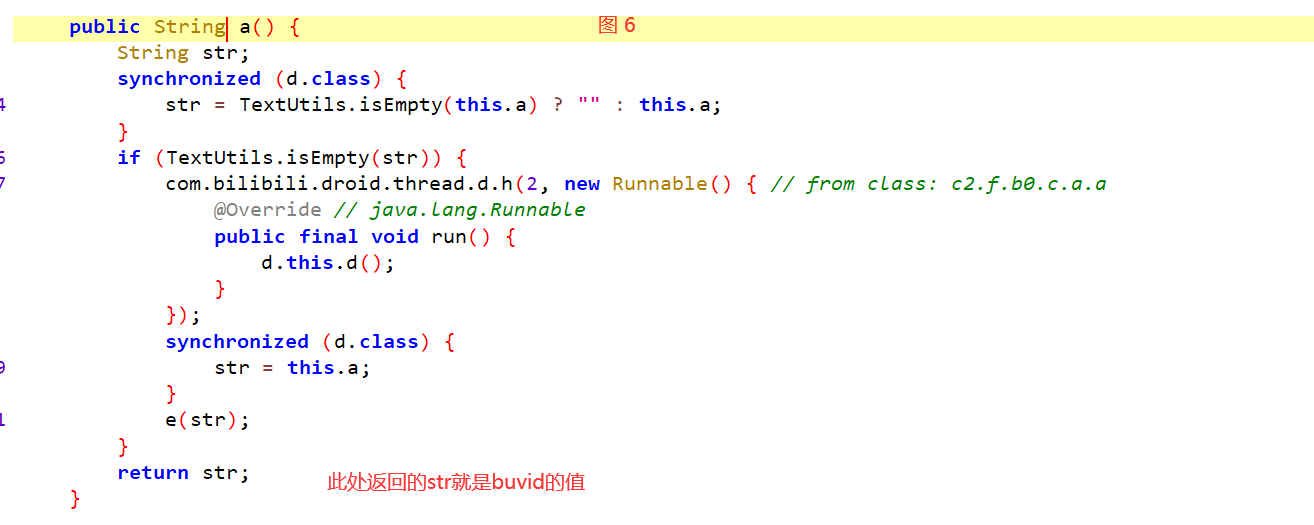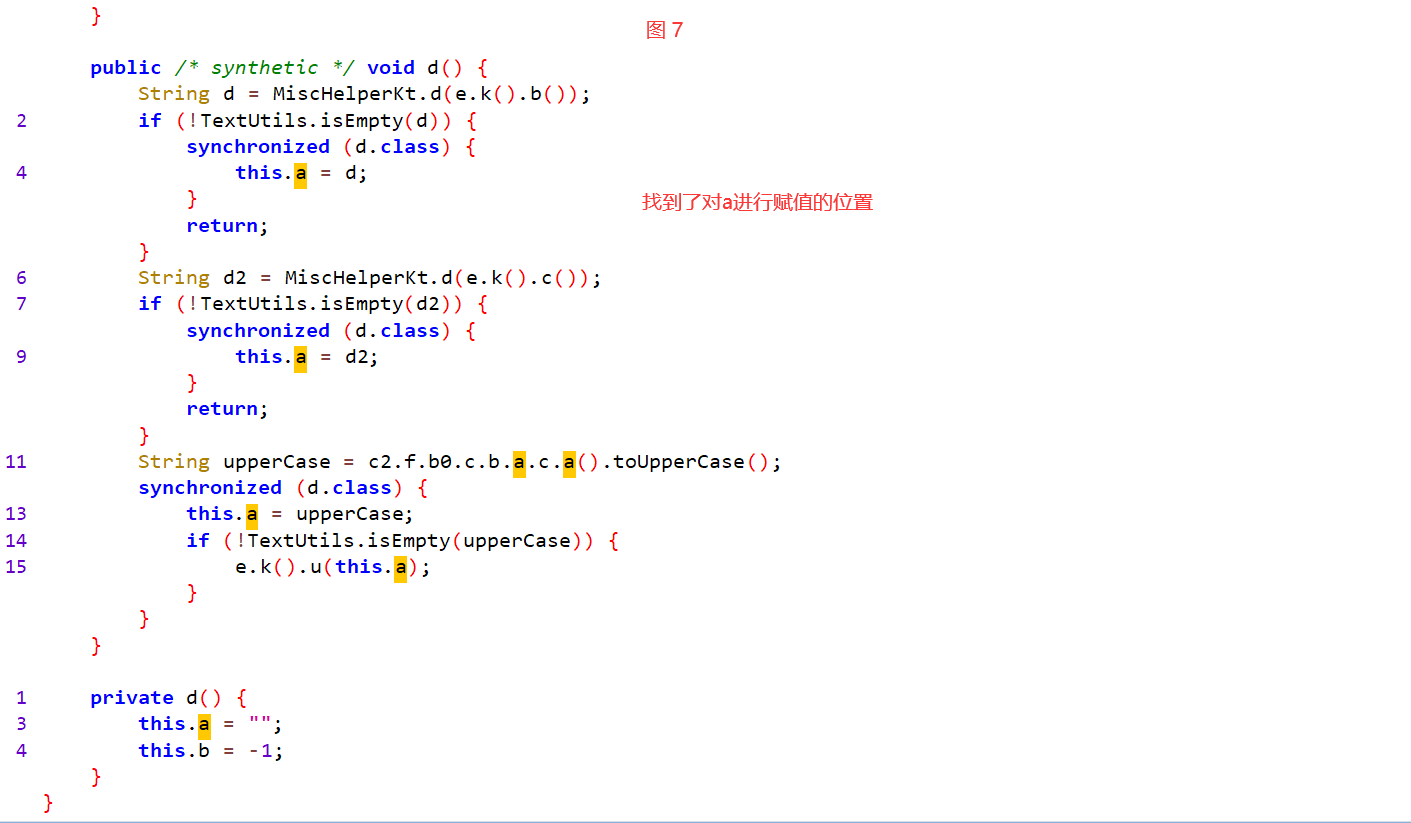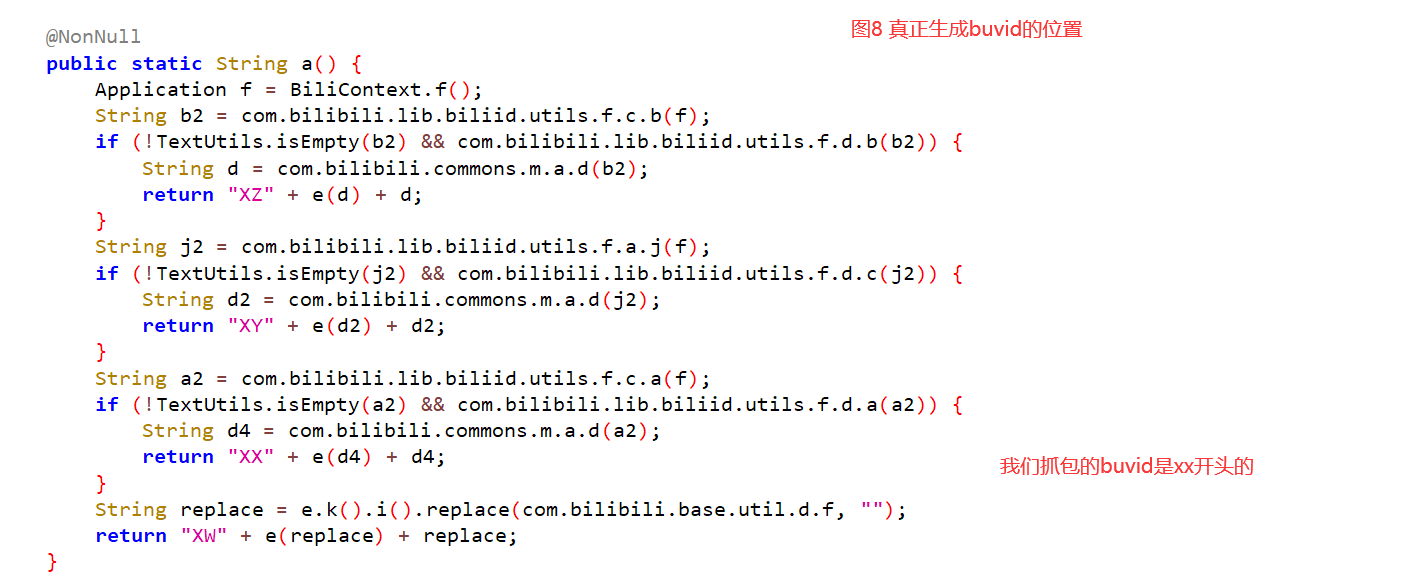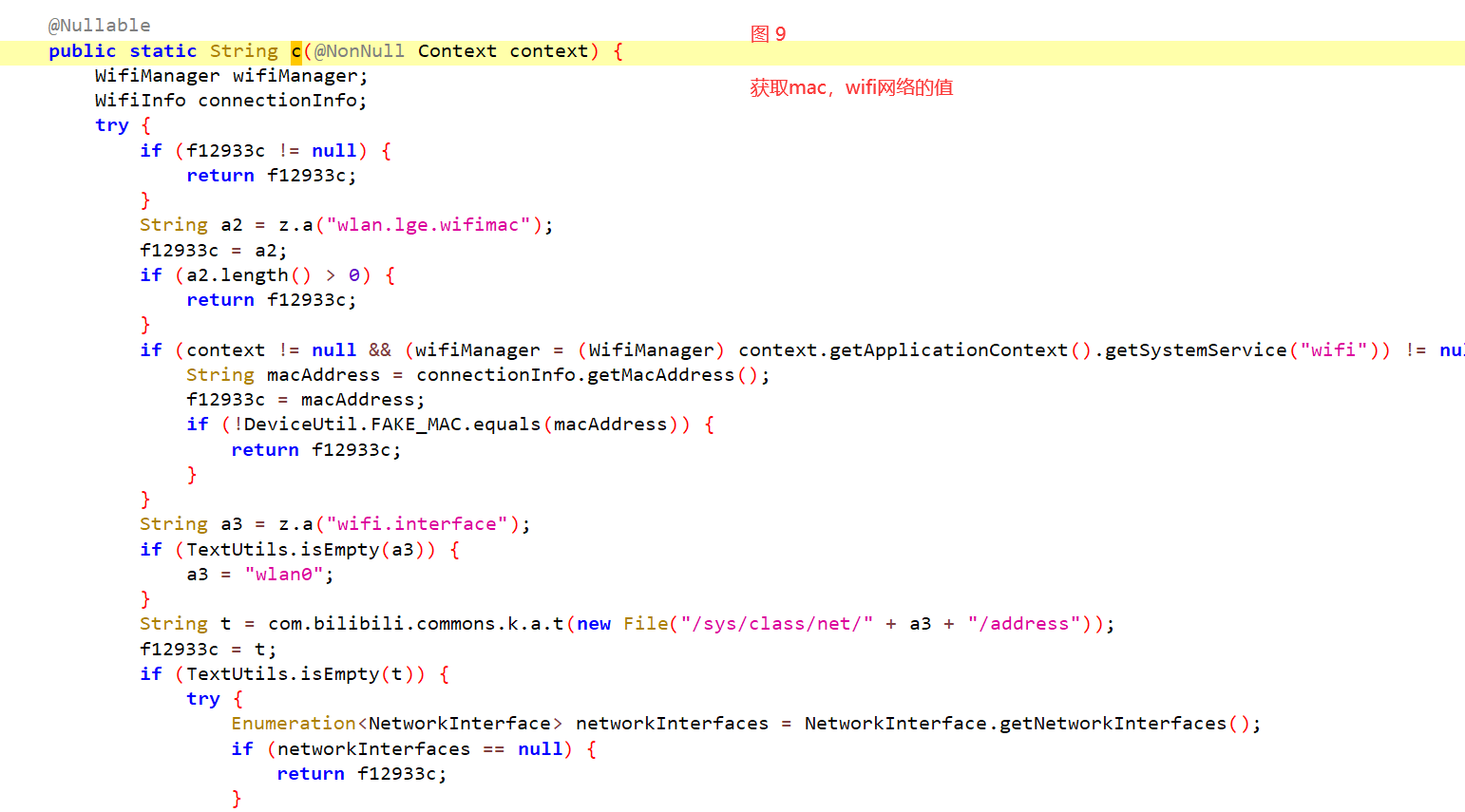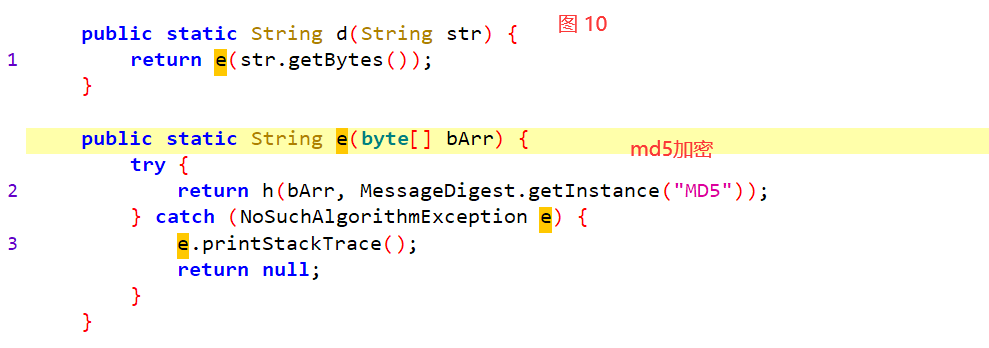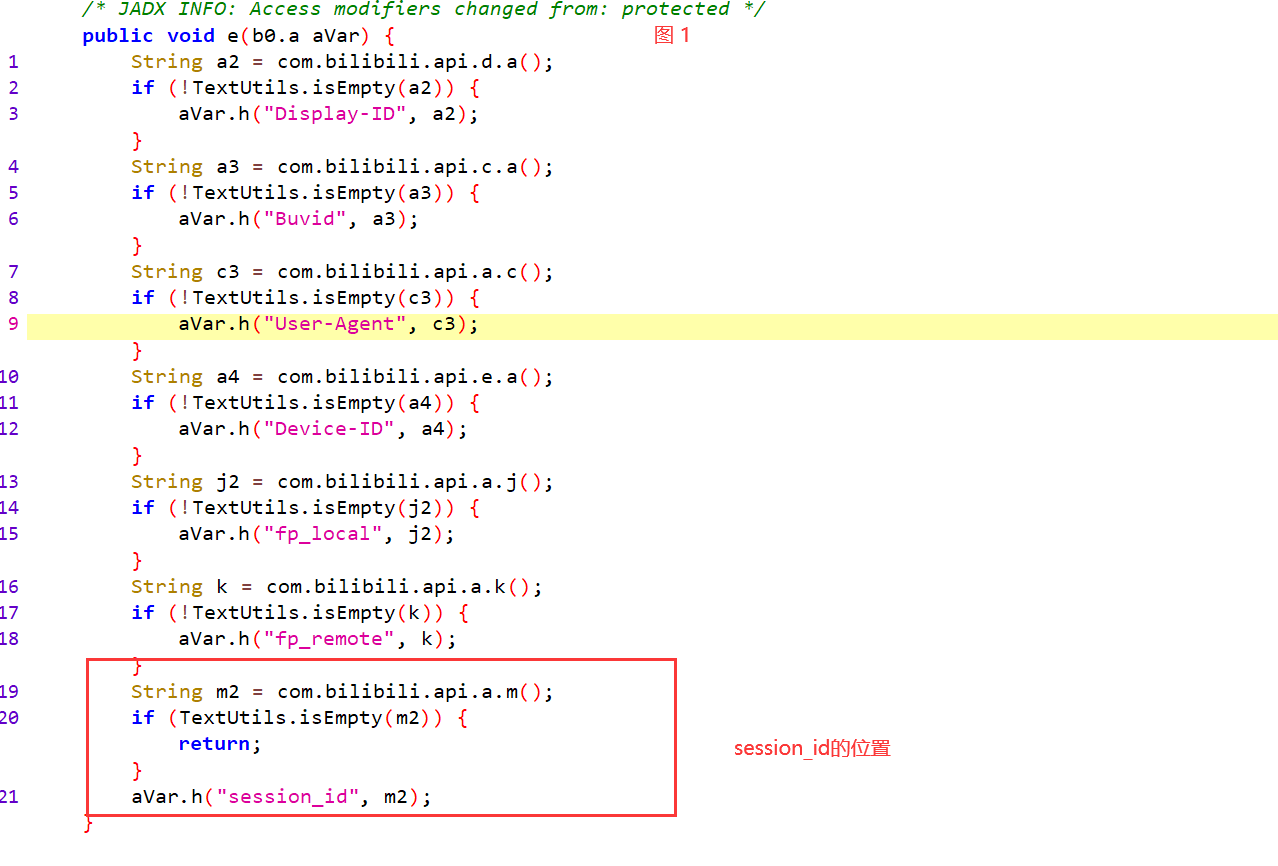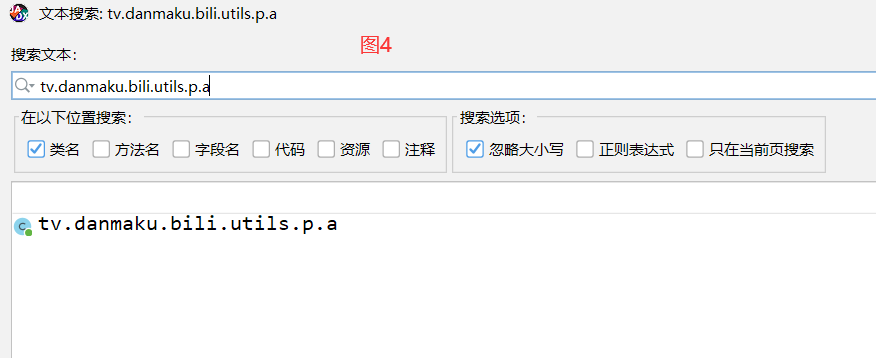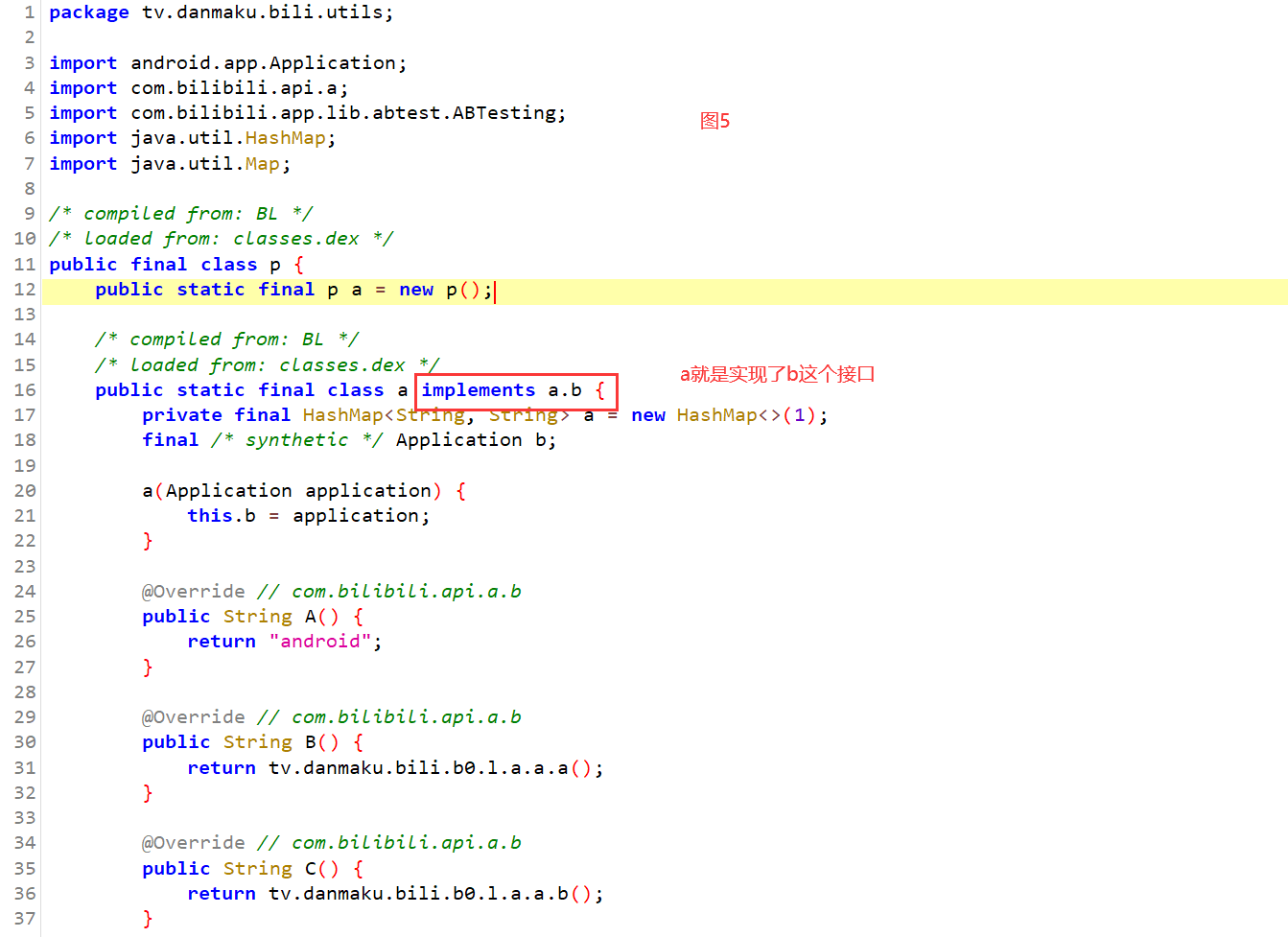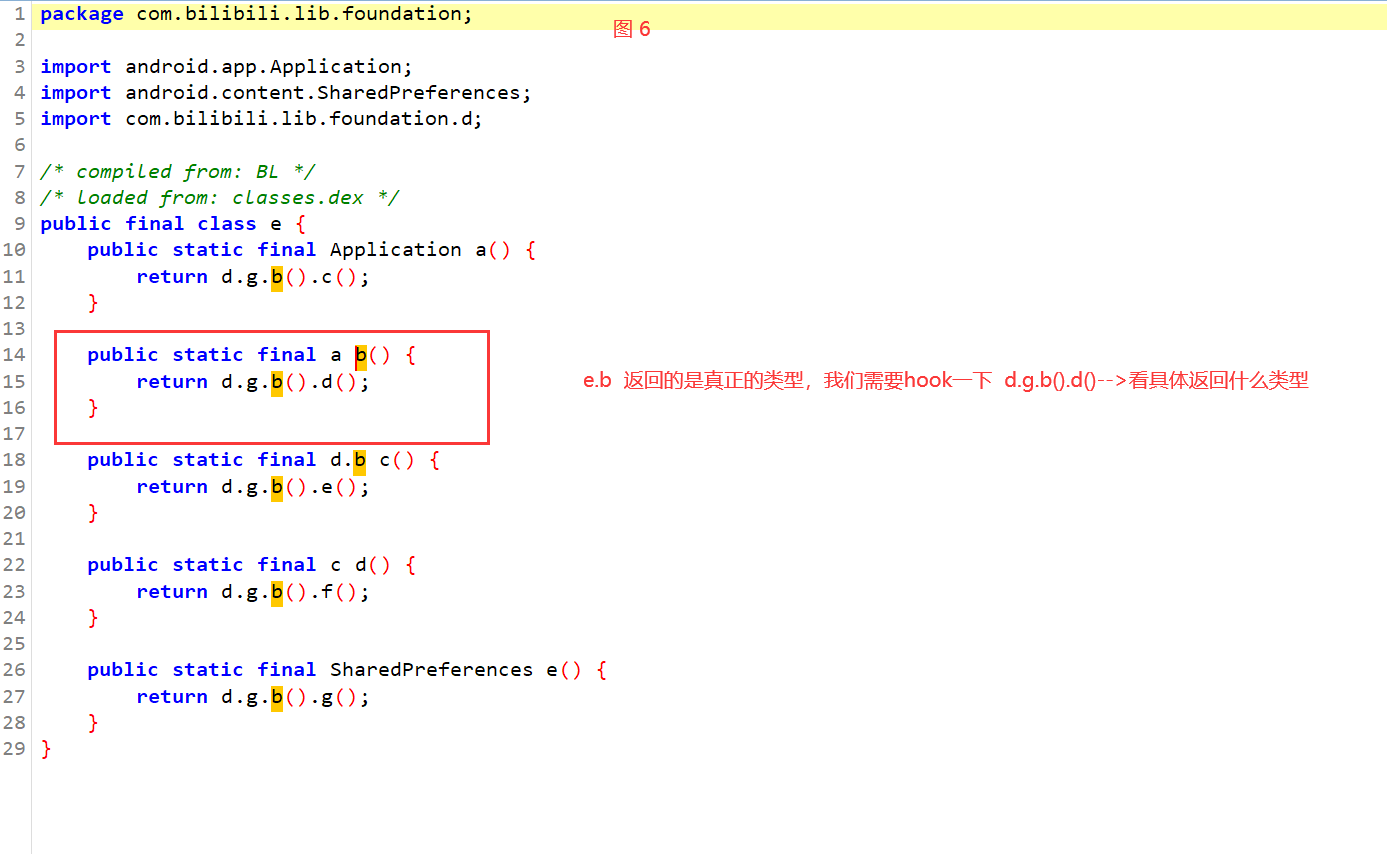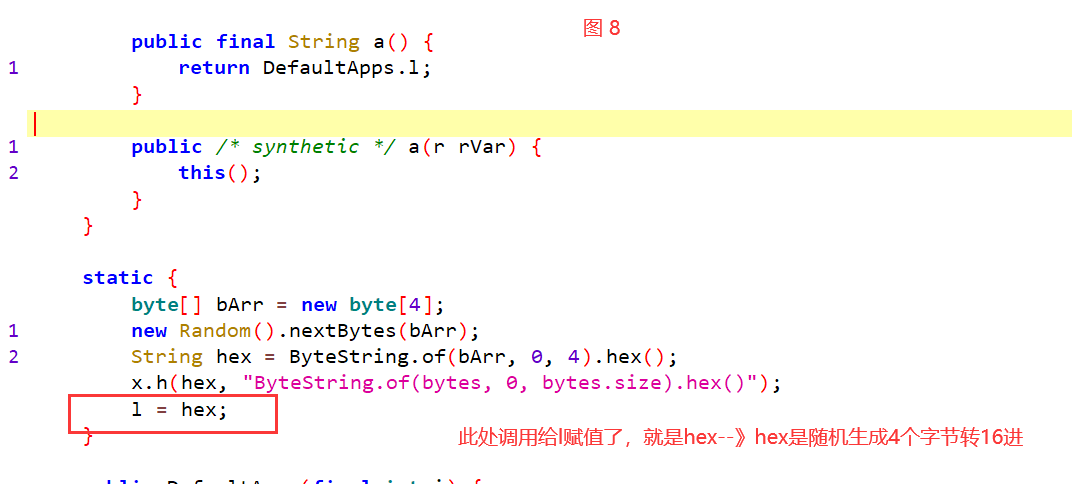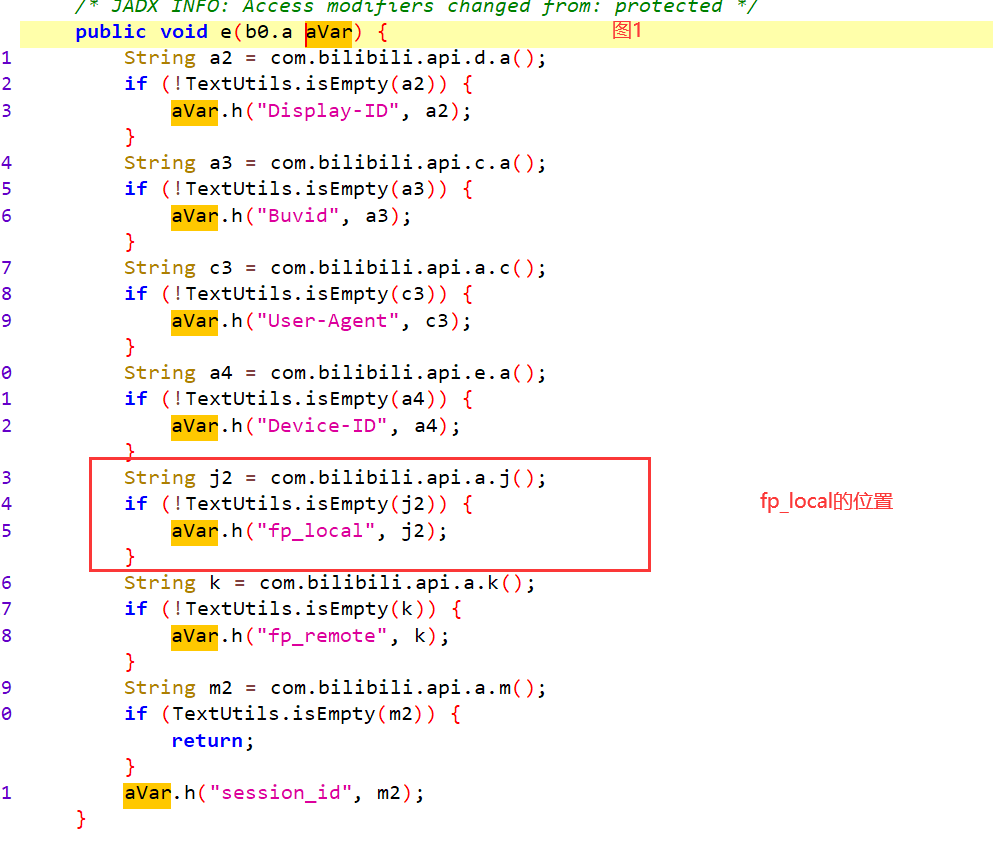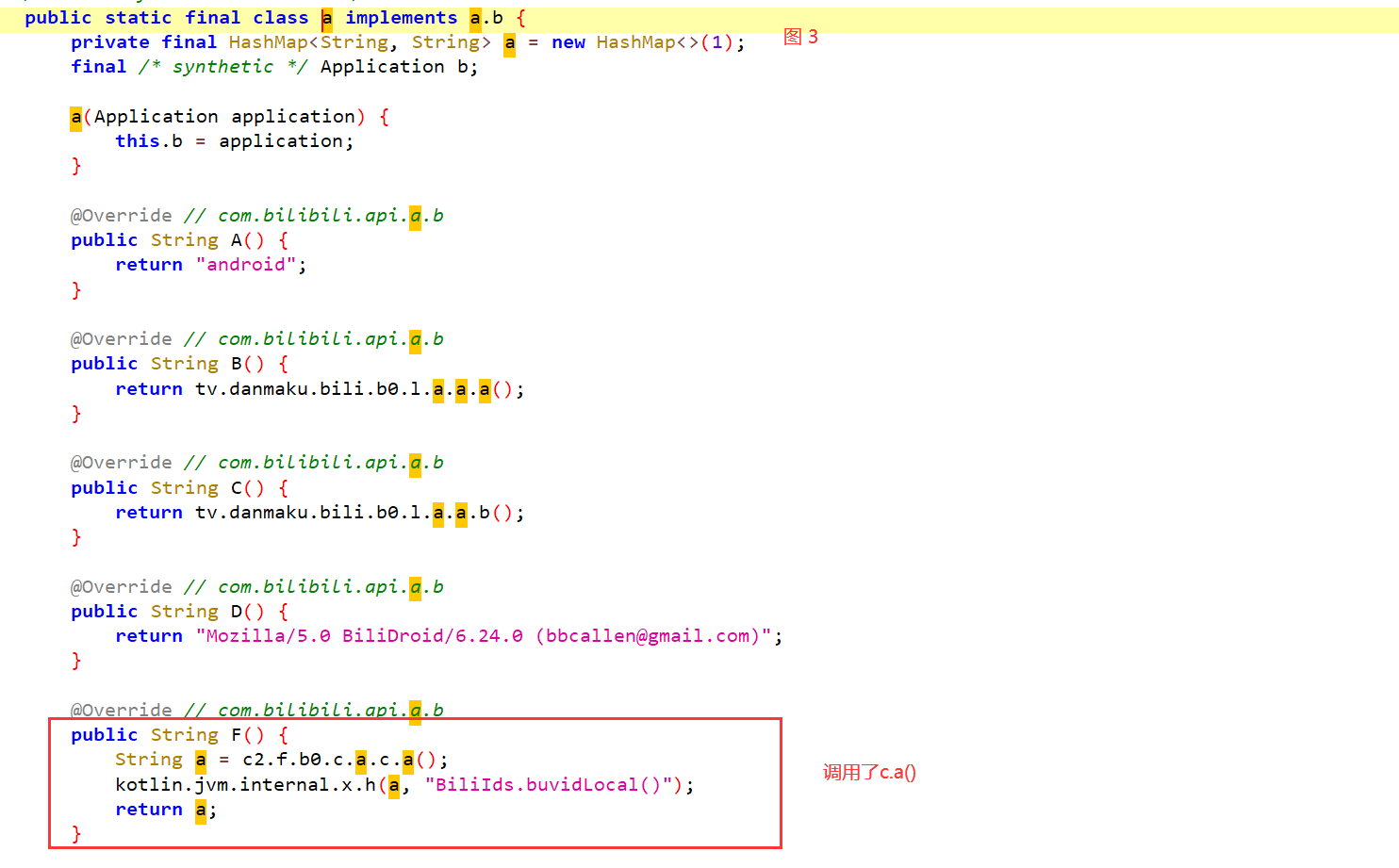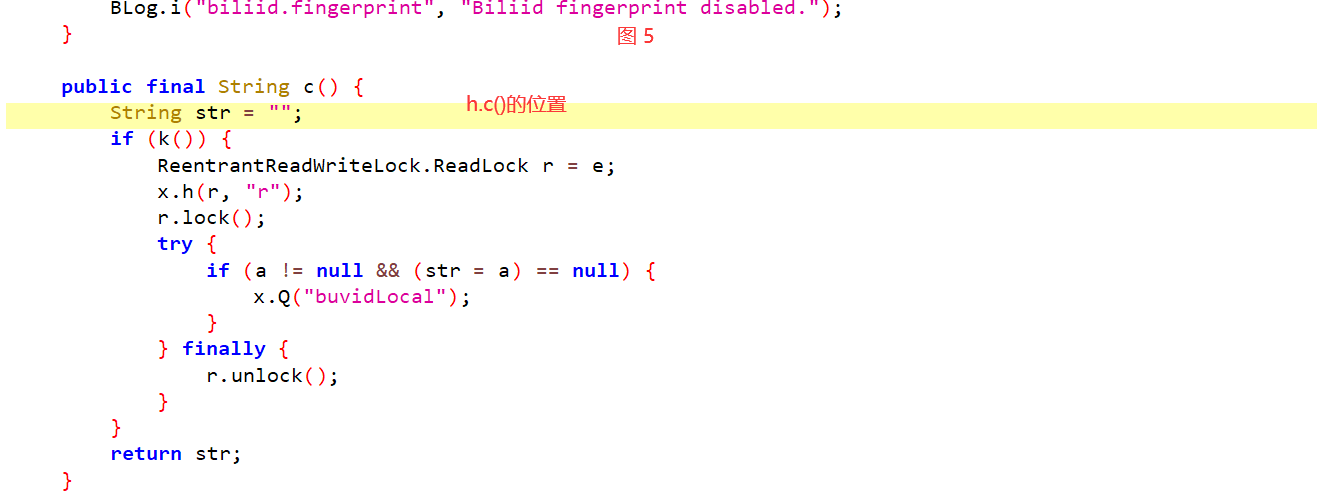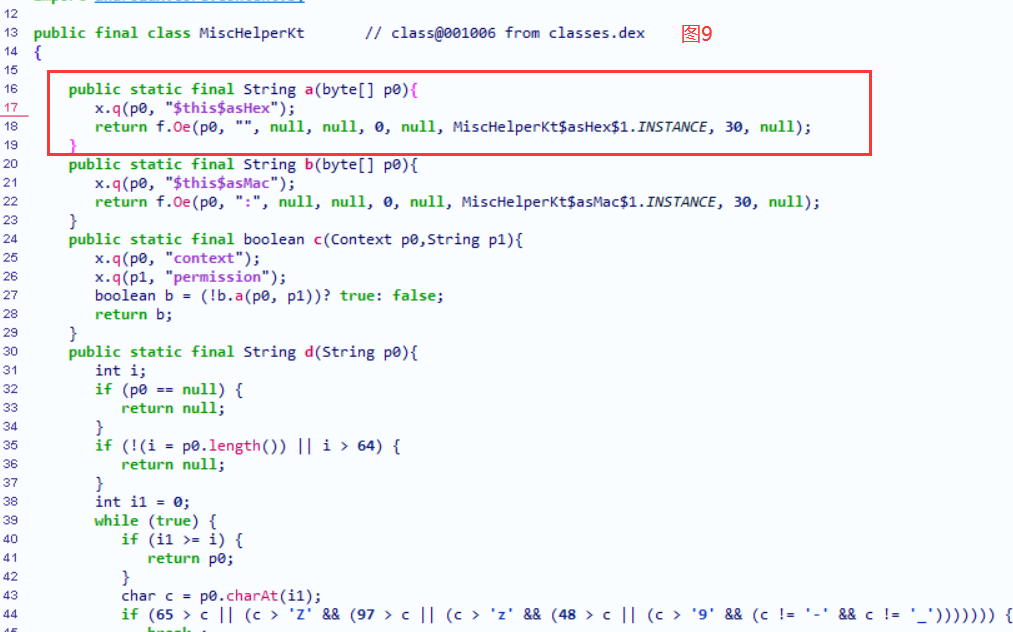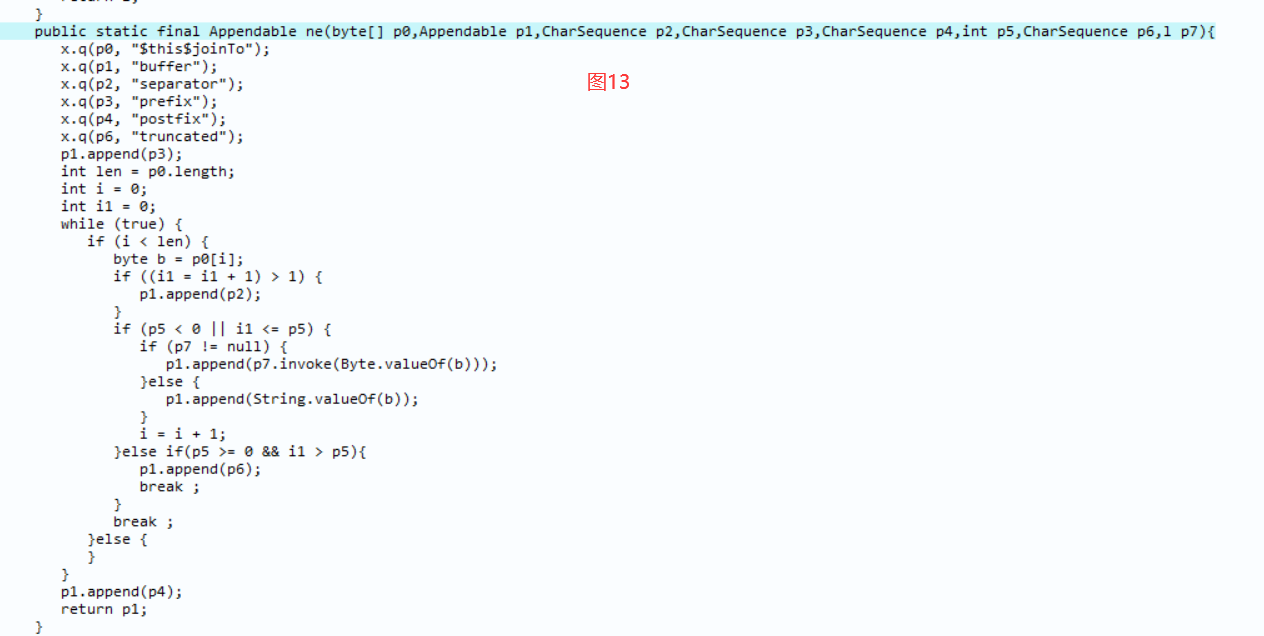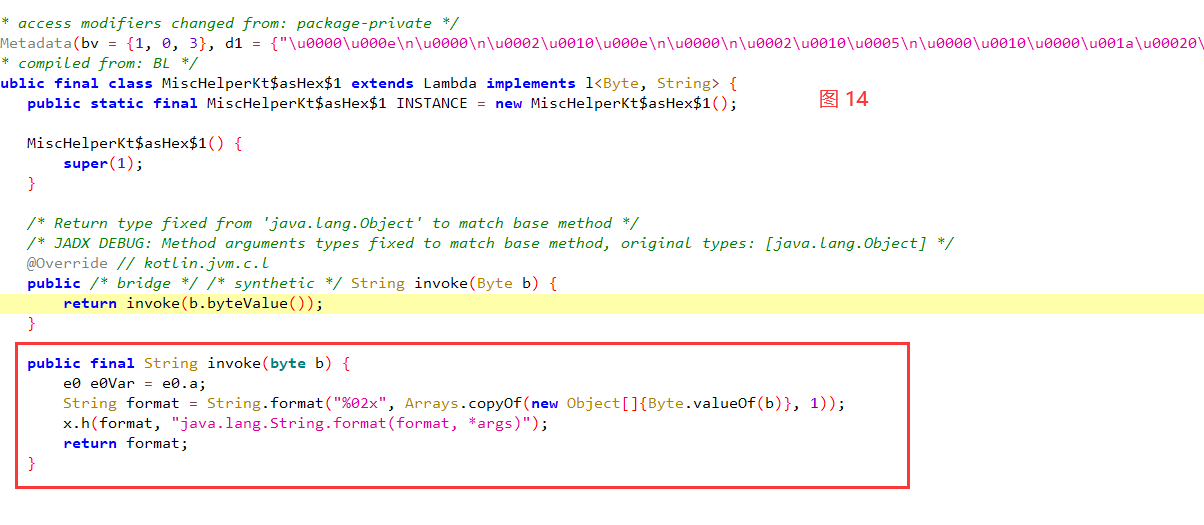1
2
3
4
5
6
7
8
9
10
11
12
13
14
15
16
17
18
19
20
21
22
23
24
25
26
27
28
29
30
31
32
33
34
35
36
37
38
39
40
41
42
43
44
45
46
47
48
49
50
51
52
53
54
55
56
57
58
59
60
61
62
63
64
65
66
67
68
69
70
71
72
73
74
75
76
77
78
79
80
81
82
83
84
85
86
87
88
89
90
91
92
93
94
95
96
97
98
99
100
101
102
103
104
105
106
107
108
109
110
111
112
113
114
115
116
117
118
119
120
121
122
123
124
125
126
127
128
129
130
131
132
133
134
135
136
137
138
139
140
141
142
143
144
145
146
147
148
149
150
151
152
153
154
155
156
157
158
159
160
161
162
163
164
165
166
167
168
169
170
171
172
173
174
175
176
177
178
179
180
181
182
183
184
185
186
187
188
189
190
191
192
193
194
195
196
197
198
199
200
201
202
203
204
205
206
207
208
209
210
211
212
213
214
215
216
217
218
219
220
221
222
223
224
225
226
227
228
229
230
231
232
233
234
235
236
237
238
239
240
241
242
243
244
245
246
247
248
249
250
251
252
253
254
255
256
257
258
259
260
261
262
263
264
265
266
267
268
269
270
271
272
273
274
275
276
277
278
279
280
281
282
283
|
String j2 = com.bilibili.api.a.j();
if (!TextUtils.isEmpty(j2)) {
aVar.h("fp_local", j2);
}
public static String j() {
a();
return b.F();
}
-上面确认过了:找到b的类---》真正的类是tv.danmaku.bili.utils.p.a
public String F() {
String a = c2.f.b0.c.a.c.a();
kotlin.jvm.internal.x.h(a, "BiliIds.buvidLocal()");
return a;
}
public static String a() {
return Fingerprint.h.c();
}
public final String c() {
String str = "";
if (k()) {
ReentrantReadWriteLock.ReadLock r = e;
x.h(r, "r");
r.lock();
try {
if (a != null && (str = a) == null) {
x.Q("buvidLocal");
}
} finally {
r.unlock();
}
}
return str;
}
-换另一个版本的jadx试一下--》用了一个老版本:1.2.0版本--》可以的
-换别的反编译工具:GDA。。
-老版本的jadx内存分配大小可能很小,导致反编译不成功---》修改jadx能使用的内存大小
-打开jadx.bat-->记事本打开,修改
DEFAULT_JVM_OPTS="-Xms128M" "-Xmx16g"
-新版本对e函数反编译失败--》看不到
-1.2.0版本对e反编译成功了--在e中找了a的赋值位置
-1 String d2 = k.d();
-2 d2 = com.bilibili.lib.biliid.internal.fingerprint.a.a.a(a2, aVar);
-3 x.K();
public static final String a(String str, com.bilibili.lib.biliid.internal.fingerprint.b.a aVar) {
String str2 = MiscHelperKt.a(f(str, aVar)) + h() + MiscHelperKt.a(g());
return str2 + b(str2);
}
1d6a9c1ac4f284329263021dc511149f 20230810190748636 c2890a1385da9 6f
private static final String h() {
String format = a.format(new Date(System.currentTimeMillis()));
return format;
}
private static final byte[] f(String str, com.bilibili.lib.biliid.internal.fingerprint.b.a aVar) {
Map<String, String> a2 = aVar.a();
return e(str + a2.get(PersistEnv.KEY_PUB_MODEL) + a2.get("band"));
}
根据:PersistEnv.KEY_PUB_MODEL取值本质就是--》model---》手机型号
根据:band取值---》手机品牌
private static final byte[] e(String str) {
try {
MessageDigest instance = MessageDigest.getInstance("MD5");
Charset forName = Charset.forName("UTF-8");
x.h(forName, "Charset.forName(\"UTF-8\")");
if (str != null) {
byte[] bytes = str.getBytes(forName);
x.h(bytes, "(this as java.lang.String).getBytes(charset)");
byte[] digest = instance.digest(bytes);
x.h(digest, "digest");
return digest;
}
throw new TypeCastException("null cannot be cast to non-null type java.lang.String");
} catch (Exception unused) {
return new byte[16];
}
}
String str2 = MiscHelperKt.a(md5(buvid+手机型号+手机品牌)) + 年月日十分秒 + MiscHelperKt.a(g());
return str2 + b(str2);
private static final byte[] g() {
byte[] a2 = com.bilibili.commons.e.a(8);
x.h(a2, "RandomUtils.nextBytes(SALT_BYTES)");
return a2;
}
private static final Random a = new Random();
public static byte[] a(int i) {
h.b(i >= 0, "Count cannot be negative.", new Object[0]);
byte[] bArr = new byte[i];
a.nextBytes(bArr);
return bArr;
}
String str2 = MiscHelperKt.a(md5(buvid+手机型号+手机品牌)) + 年月日十分秒 + MiscHelperKt.a(随机生成8个字符);
return str2 + b(str2);
public static final String a(byte[] bArr) {
x.q(bArr, "$this$asHex");
return f.Oe(bArr, "", null, null, 0, null, MiscHelperKt$asHex$1.INSTANCE, 30, null);
}
-GDA:下载地址:http://www.gda.wiki:9090/ 使用免费版就够了
-下载,解压开即用--》把apk拖入即可
public static String Oe(byte[] p0,CharSequence p1,CharSequence p2,CharSequence p3,int p4,CharSequence p5,l p6,int p7,Object p8){
return ArraysKt___ArraysKt.Oe(p0, p1, p2, p3, p4, p5, p6, p7, p8);
}
public static String Oe(byte[] p0,CharSequence p1,CharSequence p2,CharSequence p3,int p4,CharSequence p5,l p6,int p7,Object p8){
String str;
String str2;
int i1;
if ((p7 & 0x01)) {
str = ", ";
}
String str1 = "";
p8 = ((p7 & 0x02))? str1: p2;
if (!((p7 & 0x04))) {
str1 = p3;
}
int i = ((p7 & 0x08))? -1: p4;
if ((p7 & 0x10)) {
str2 = "...";
}
String str3 = str2;
if ((p7 & 0x20)) {
p6 = null;
}
return ArraysKt___ArraysKt.Fe(p0, str, p8, str1, i, str3, p6);
}
public static final String Fe(byte[] p0,CharSequence p1,CharSequence p2,CharSequence p3,int p4,CharSequence p5,l p6){
x.q(p0, "$this$joinToString");
x.q(p1, "separator");
x.q(p2, "prefix");
x.q(p3, "postfix");
x.q(p5, "truncated");
String str = ArraysKt___ArraysKt.ne(p0, "", p1, p2, p3, p4, p5, p6);
x.h(str, "joinTo\(StringBuilder\(\), …ed, transform\).toString\(\)");
return str;
}
public static final Appendable ne(byte[] p0,Appendable p1,CharSequence p2,CharSequence p3,CharSequence p4,int p5,CharSequence p6,l p7){
p1.append(p3);
int len = p0.length;
int i = 0;
int i1 = 0;
while (true) {
if (i < len) {
byte b = p0[i];
if ((i1 = i1 + 1) > 1) {
p1.append(p2);
}
if (p5 < 0 || i1 <= p5) {
if (p7 != null) {
p1.append(p7.invoke(Byte.valueOf(b)));
}else {
p1.append(String.valueOf(b));
}
i = i + 1;
}else if(p5 >= 0 && i1 > p5){
p1.append(p6);
break ;
}
break ;
}else {
}
}
p1.append(p4);
return p1;
}
public final String invoke(byte b) {
e0 e0Var = e0.a;
String format = String.format("%02x", Arrays.copyOf(new Object[]{Byte.valueOf(b)}, 1));
x.h(format, "java.lang.String.format(format, *args)");
return format;
}
String str2 = MiscHelperKt.a(md5(buvid+手机型号+手机品牌)) + 年月日十分秒 + MiscHelperKt.a(随机生成8个字符);
return str2 + b(str2);
MiscHelperKt.a(md5(buvid+手机型号+手机品牌)):1d6a9c1ac4f284329263021dc511149f
h():20230810190748636
MiscHelperKt.a(随机生成8个字符):c2890a1385da9
b(str2):6f
public static final String b(String str) {
int i;
i iVar = q.S0(q.n1(0, Math.min(str.length() - 1, 62)), 2);
int g = iVar.g();
int h = iVar.h();
int i2 = iVar.i();
if (i2 < 0 ? g >= h : g <= h) {
i = 0;
while (true) {
String substring = str.substring(g, g + 2);
x.h(substring, "(this as java.lang.Strin…ing(startIndex, endIndex)");
i += Integer.parseInt(substring, b.a(16));
if (g == h) {
break;
}
g += i2;
}
} else {
i = 0;
}
e0 e0Var = e0.a;
String format = String.format("%02x", Arrays.copyOf(new Object[]{Integer.valueOf(i % 256)}, 1));
x.h(format, "java.lang.String.format(format, *args)");
return format;
}
int g = iVar.g();
int h = iVar.h();
int i2 = iVar.i();
并把它打印出来,看是不是固定的
g= 0
h= 60
i= 2
|
